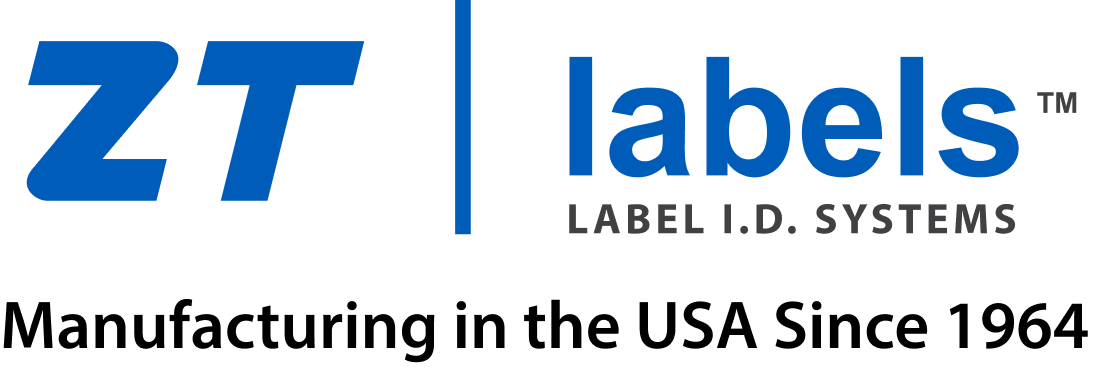Designing product labels for global markets is both an art and a science. As businesses expand internationally, they must ensure that their products appeal to diverse audiences while adhering to local regulations and cultural nuances. Here are some key strategies to create labels that resonate across multiple languages and markets:
- Prioritize Clarity and Simplicity
When designing for a global audience, clarity is paramount. Use simple, universally recognized symbols and icons to convey essential information. This reduces reliance on text and minimizes the risk of misinterpretation across different languages.
- Consider Cultural Sensitivities
Colors, symbols, and images can have varying meanings across cultures. Research the cultural connotations of your design elements in each target market. For instance, white might signify purity in one culture but mourning in another. Tailoring your design to respect these differences is crucial for building trust and brand loyalty.
-
Plan for Multilingual Text

Design your label with sufficient space for translations. Text expansion or contraction is common when translating between languages. A phrase in English might be significantly longer in German or shorter in Chinese. Leave enough room to accommodate these variations without compromising the label’s aesthetic.
- Use Standardized Icons and Codes
Certain information, like recycling instructions, certifications, or nutritional facts, is often represented through standardized icons or codes. These symbols are usually understood globally and reduce the need for lengthy explanations, making your label more effective in multiple languages.
- Leverage Localization Tools
Use professional localization services to ensure accurate and culturally appropriate translations. Avoid relying solely on machine translations, which may not capture the nuances or context of the original text. Localization experts can also advise on regulatory requirements for labels in different regions.
- Test Across Markets
Before finalizing your label design, conduct focus groups or surveys in your target markets. Feedback from local consumers can reveal potential issues with design elements, wording, or overall appeal. Testing ensures that your label resonates with diverse audiences and meets local expectations.
- Stay Updated on Regulations
Labeling requirements vary widely by country, from mandatory disclosures to language requirements. Stay informed about the regulations in each market you enter to avoid costly compliance issues. Working with local experts or consultants can help navigate these complexities.
Conclusion
Partner with ZT Labels for expert label design that meets international standards and captivates audiences worldwide. From customized colors to multilingual text, we ensure your labels are both compliant and culturally resonant. Elevate your brand’s global appeal with labels that work seamlessly across all markets.



